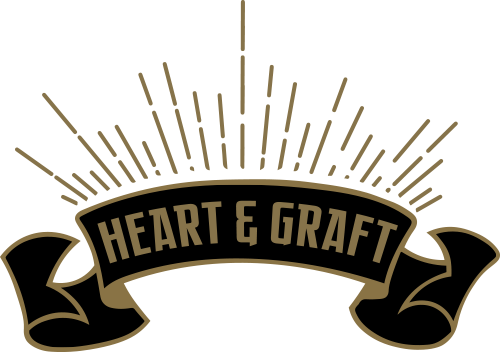After a trip to Borough Market in London in 2004, I stumbled across Monmouth Coffee for the first time and the coffee magic struck. 15 or 16 different beans in open display boxes from different regions of different countries with different flavour notes and my head exploded with a multitude of “why”?
Instantly there was a sense of journey and flavour and intrigue. I’d always been entranced by places that sold loose coffee beans ever since I was a student. Scoops and old fashioned coffee containers describing their contents as Kenya Elephant Ears, Brazilian Santos and Costa Rica Tarrazu, it all felt ever so theatrical and intriguing and brewing them up in my Ikea stove-top ever so satisfying.
There was a seed of curiosity planted that grew over the years. So in 2006 when I had a chance to be part of a pop up art shop in Didsbury, I decided this my chance to try and join in the centuries old trade of selling coffee. I bought three coffees from the legendary HasBean, Brazil Fazenda Cachoiera, Ethiopia Wild Bonga Forest, and Guatemala El Bosque. They were all so delicious and were very different from each other and so I could offer people the opportunity to compare and contrast and discover a coffee they enjoyed. I loved it and it put me firmly on the path towards what Heart & Graft is now.
The Guatemala El Bosque stuck in my head with flavour notes of chocolate and cherries, and I’d forgotten how much I loved that particular profile, until we cupped a selection of Guatemalans last year and it felt like the comforting embrace of an old coffee friend. We’ve had the San Antonia Huista on for a few months and have two coffees from the mill near the stunning Lake Ayarza, in Santa Rosa in the South East of the country, near the border with Guatemala.
I love our little dig into Guatemalas, the Huista is from the legendary and difficult to pronounce Huehuetenango region in the North, The Blue Ayarza lots from the south. It’s a great opportunity to taste regional differences in coffees from the same country.
 The microclimates of Huehuetenango, combined with the craft of the farmers there produce some of the most sought after coffees from Guatemala. Coffee in Huehuetenango is grown in the highlands of northern Guatemala. This remote community of coffee growing specialists have lived in these hills since the early Mayan period, as far back as 200AD. 75% of the Huehuetenango department are indigenous Mayan people, the Mam. They are reputed to be excellent farmers, producing cacao for hundreds of years.
The microclimates of Huehuetenango, combined with the craft of the farmers there produce some of the most sought after coffees from Guatemala. Coffee in Huehuetenango is grown in the highlands of northern Guatemala. This remote community of coffee growing specialists have lived in these hills since the early Mayan period, as far back as 200AD. 75% of the Huehuetenango department are indigenous Mayan people, the Mam. They are reputed to be excellent farmers, producing cacao for hundreds of years.
The porous clay soil is rich in nutrients and drains well, and the altitude and climate provide excellent conditions for producing coffee. The hot winds blowing in from Mexico over the mountains create tropical highland conditions that means that the coffee can be grown at high altitudes of 1800-2000 meters, with the warm winds keeping the frosts off the coffee.
These conditions also allow the small hold farmers, whose farms are around 1 hectare, to carefully process their own coffee cherry, washing and drying them before taking them to the mill near San Antonio Huista for final preparation to be sold. The cool conditions on the farms means that once picked and pulped, the coffees take a full day to ferment and sometimes the night as well, adding to depth of flavour. As the harvest and processing is typically dry, this allows farmers to sun dry the coffees on small drying patios. The microclimates of Huehuetenango, combined with the craft of the farmers there produce some of the most sought after coffees from Guatemala, and the co-op lot from Huista has been a mouth watering example.
What I have enjoyed about it is when we’ve cupped it or brewed it as filter or espresso, that chocolate sweetness matched with dark fruit and cherry notes has made memory neurons fire back to my first experiences of being entranced by coffee flavours from far away places. The magic and mystery of being connected to people and places by flavour and memories is continually refreshing and a wonderful thing to share
You can find our current selection of Guatemalan coffees here if you’re like to experience what I did since 2006!

